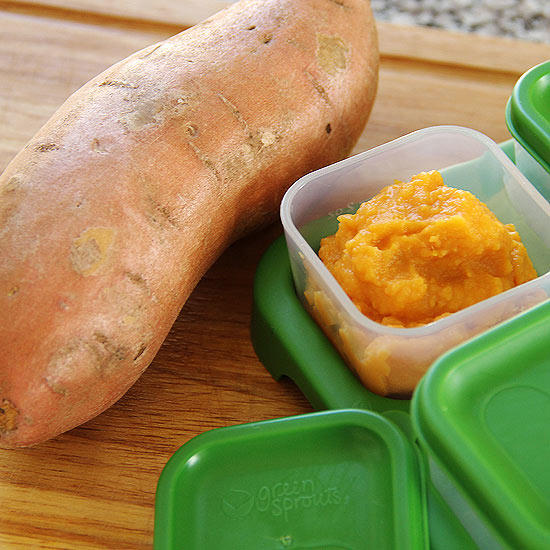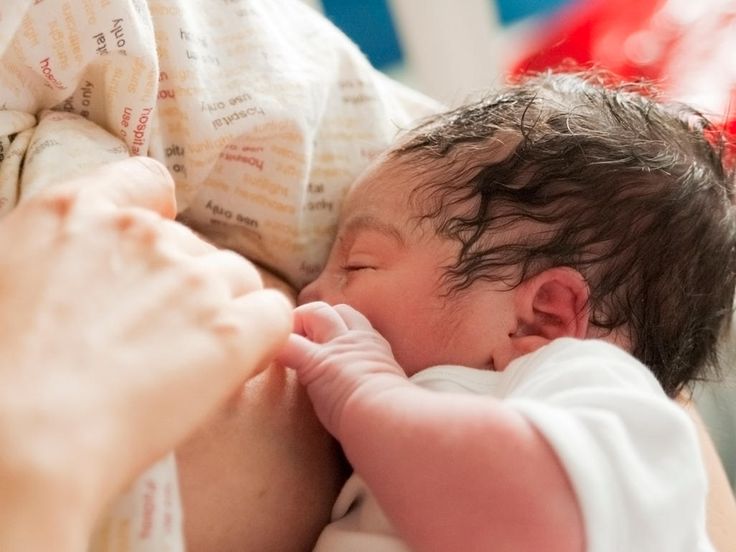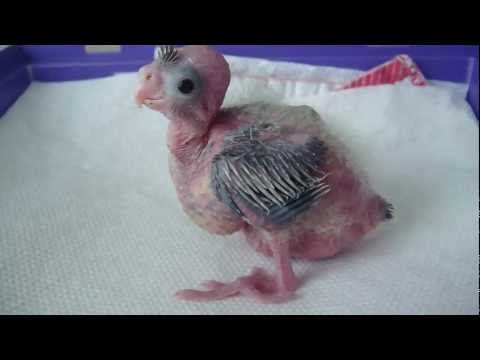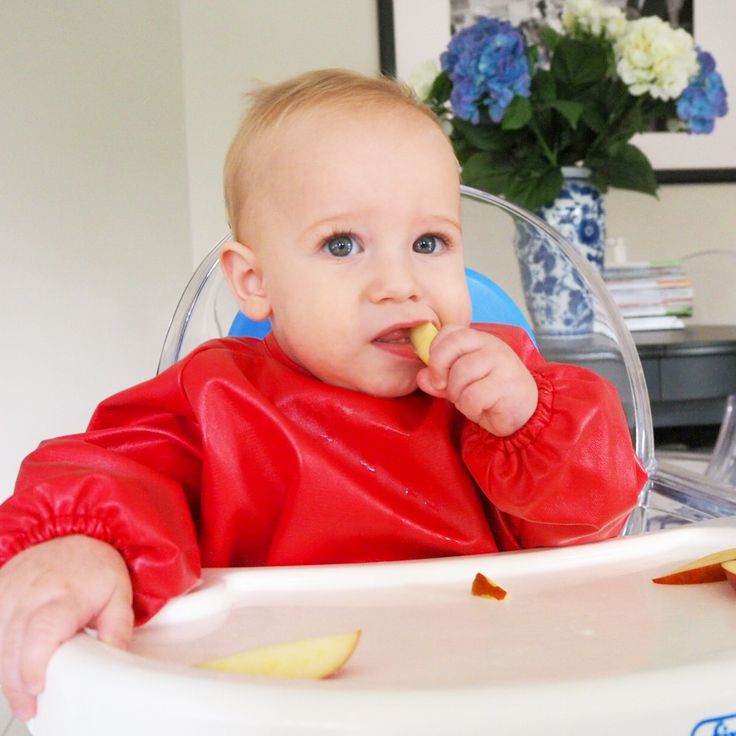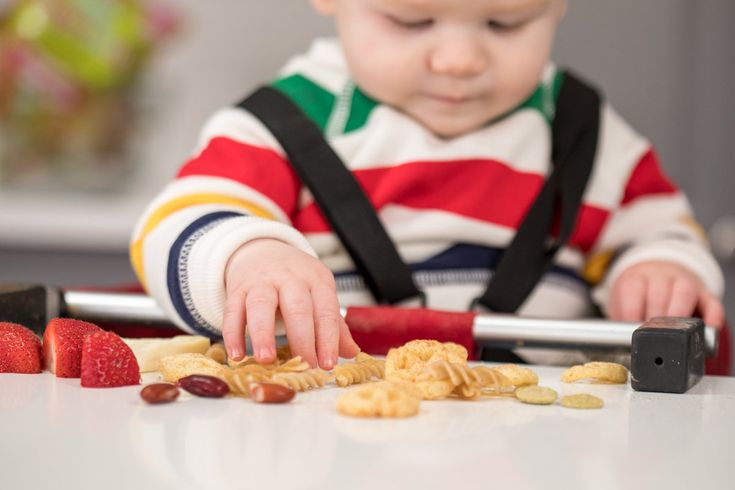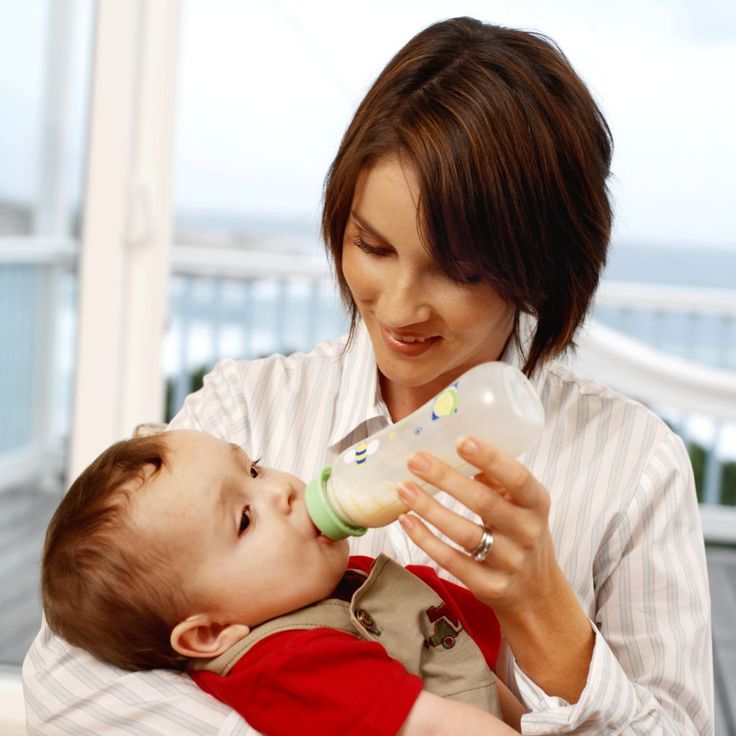Baby puree feeder
Ultimate Guide to Baby Feeders: Mesh and Silicone
You may have seen baby feeders, whether mesh or silicone, and wondered what they are for. They are a great tool for feeding babies and toddlers—and are especially awesome for teething relief. There are many on the market though, so today I’m sharing the best of the best.
Baby Feeder
A baby feeder is made up of an easy-hold handle and a little pouch with lots of holes. The idea is that the holes allow some of the flavor and texture of the food to come out, without the concerns that may come with larger pieces of food.
This means you can worry less when it comes to choking risks.
One thing to keep in mind: They don’t allow babies to have the full texture experience of the food—since the texture is mostly the mesh of the feeder. That means you don’t want to use one of these for every meal (or even most meals).
Lots of exposures to lots of textures helps babies and toddlers gain confidence in handling all sorts of foods, which can make feeding kids a lot easier over the long run.
But an infant feeder can be a handy tool to have in the mix, especially if on the go, starting to transition to baby food, or trying out a new food that has you a little nervous.
And they are a great way to offer cold teething relief to soothe baby’s gums.
Baby Fruit Feeder
Many people like to use baby feeders to offer fruit, either fresh or frozen, since the product is a safe way for baby to suck on and explore the flavor of a wide range of fruit.
TIP: Another name for this is Baby Fruit Pacifier.
Best Baby Food Feeders
Below are my top picks for infant feeders chosen for ease of use, durability, and ease of care (as in washing!). There are different materials listed, as well as specific information on each product.
Best Mesh Feeder
Munchkin Baby Feeder, sold in a set of two. (Or choose the ones that come with travel caps.)
This baby feeder has a streamlined, simple design of a mesh bag for the food and a ring for baby to hold onto. Small, digestible pieces of food come through so baby is getting some nourishment (and comfort if using for teething) without the risk of choking. It’s about $7 for two of them.
Small, digestible pieces of food come through so baby is getting some nourishment (and comfort if using for teething) without the risk of choking. It’s about $7 for two of them.
Best Silicone Feeder
Boon Silicone Feeder
This baby feeder, which is priced at under $6, is made from durable silicone and can be used with fresh or frozen foods. The interior stem forces food toward the tiny holes in the feeder and the small handle is sized just right for baby’s little hands.
Kidsme Baby FeederBaby Feeder Pacifier Combo
Kidsme Food Feeder
This popular Kidsme feeder has a replaceable silicone pouch that comes in two sizes, so you can adjust and replace as your child grows. It has a unique handle style that some babies may prefer and can be used as a pacifier too. It’s usually priced around $15 and is recommended for ages 4-24 months.
What baby foods should I put into a baby feeder?
Here are some fruits that are good to serve in a baby feeder:
- Raspberries, fresh or frozen
- Strawberries, fresh or frozen
- Blackberries, fresh or frozen
- Cantaloupe
- Honeydew
- Banana
- Mango, fresh or frozen
- Roasted sweet potato
- Roasted butternut squash
- Ripe fresh pear
- Fresh cucumber, skin removed
- Watermelon
- Cooked red meat such as steak
- Frozen grapes (These are NOT safe served to a child this age in any other way as they are a choking risk.
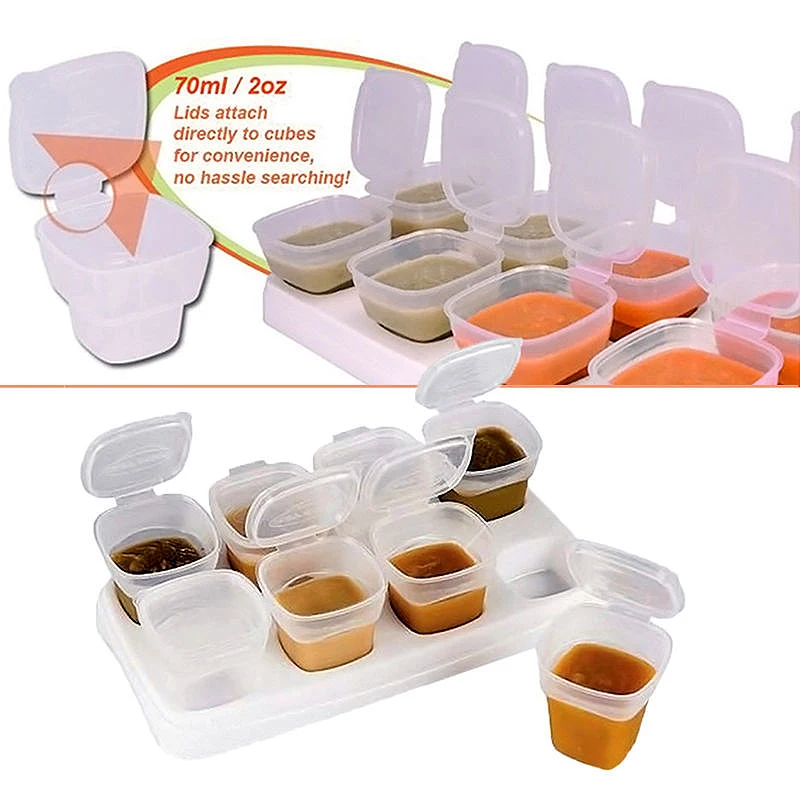 They are fine served inside the feeder, though.)
They are fine served inside the feeder, though.)
TIP: You can use frozen fruit or ripe fresh fruit that’s soft and easy to gum. Avoid any fruits or veggies that are very hard as baby may be frustrated by that texture.
Frequently Asked Questions
What age can baby use a mesh feeder?
Babies can use an infant feeder soon after starting solids around 6 months, or when they can easily hold it and bring it to their mouth.
How do I use a baby feeder to help with teething?
If you fill the feeder, whether mesh or silicone, with frozen fruit, you can soothe teething in infants who are eating solids or in toddlers. It’s cold and yummy, yet requires no real work for the child to suck on, so it’s comforting.
Are all of these baby feeders BPA-free?
Yes, if you choose a mesh baby feeder or one made from silicone, they are BPA-free.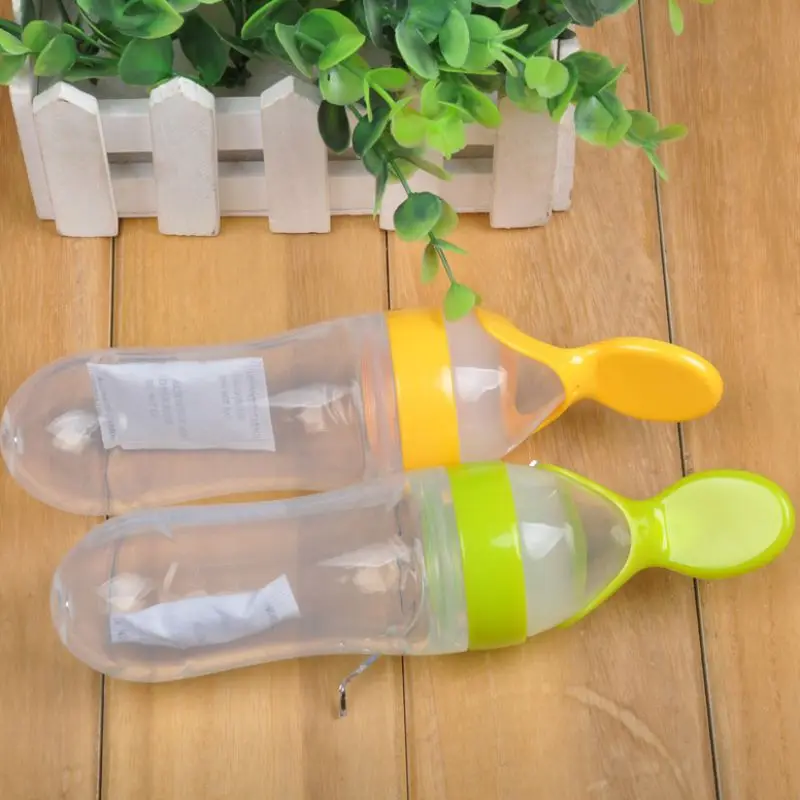
What’s the best way to clean a baby feeder?
Try using a bottle brush or just running water to clean out the mesh. It should be fairly easy to clean if you avoid letting it sit too long with food in it!
Are baby feeders good for babies?
The one downside could be that if you rely on them too much, the child learns the texture of the feeder, rather than of the food. This can make it harder for a child to learn to move actual food around in their mouths and harder for them to accept a range of textures in the future when you don’t want to be using the mesh feeder as much.
Because of that, I recommend using this product at limited times such as when on the go at a restaurant or to help sooth a teething infant, baby, or toddler.
This is not recommended as a way to feed your child at every meal.
If you are worried about choking, review this information on toddler choking and trust that if you serve foods that are easy to squish between your fingers, baby is sitting down at meals, and you are with them, they will learn to eat like so many other kids who have gone before them!
You May Also Like
- Best Baby Puffs
- Favorite Sippy Cups
- Best Snack Containers
- Best Lunch Boxes
- Favorite Suction Bowls
- Top High Chairs
I’d love to hear your thoughts on baby feeders in general or on these specific products, so please comment below to share!
This post was first published May 2019.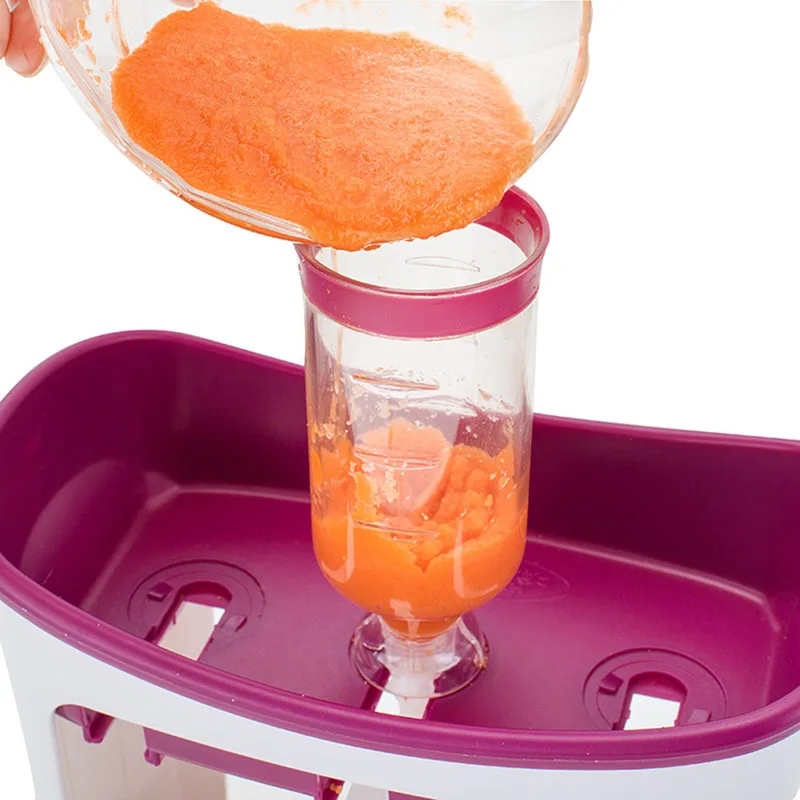
5 Best Silicone Baby Food Feeders To Buy 2020
A baby feeder is used to introduce solid food to babies without worrying about the risk of choking.
A food feeder looks pretty similar to the shape of a baby pacifier but much bigger than that.
The food feeder comes with either a mesh or silicone pocket where you fill your solid food in.
Every food feeder comes with a cover that closes at the bottom to hold the food inside the pocket.
The food feeders also feature an easy to grip handle for babies to hold and gnaw the food. Some food feeders have a cover that goes over the pocket for hygiene.
Table of Contents
How Do Baby Feeders Work?
Food feeders serve a pretty simple purpose and are not complicated to use.
- Choose some age-appropriate food you want to feed your baby
- Clean the baby feeder
- Open the lid and put the solid food inside the mesh or silicone pocket
- Close the lid, remove the cover (if your feeder has one)
- Hand it over to the baby and watch them make funny faces while trying new foods.

- Once they are done, dump the excess food, wash, dry and repeat.
Sounds simple, right?
Are Food Feeders Good For Babies?
There are a million baby gadgets in the market today, and you are probably wondering if you need one more. Hear me out.
I swear the baby feeders are AWESOME! For the price they cost, they do a fantastic job, and babies enjoy them.
Here are 5 reasons why you need a baby feeder.
1. Teething:
If you have a teething baby, then you might already know that teething babies love to bite on everything. Baby feeders, especially when served with cold food, can be soothing to aching gums and relieve their teething pain.
If your baby has not yet started solids, then you can fill the feeder with frozen breast milk or formula ice cubes.
2. Prevents Choking:
One of the scariest things that I faced while introducing solid food to my babies was when they started to gag or appeared to choke.
By using food feeders, you are not exposing your infant to big portions of food particles, which creates a safe feeding environment for them to try new food.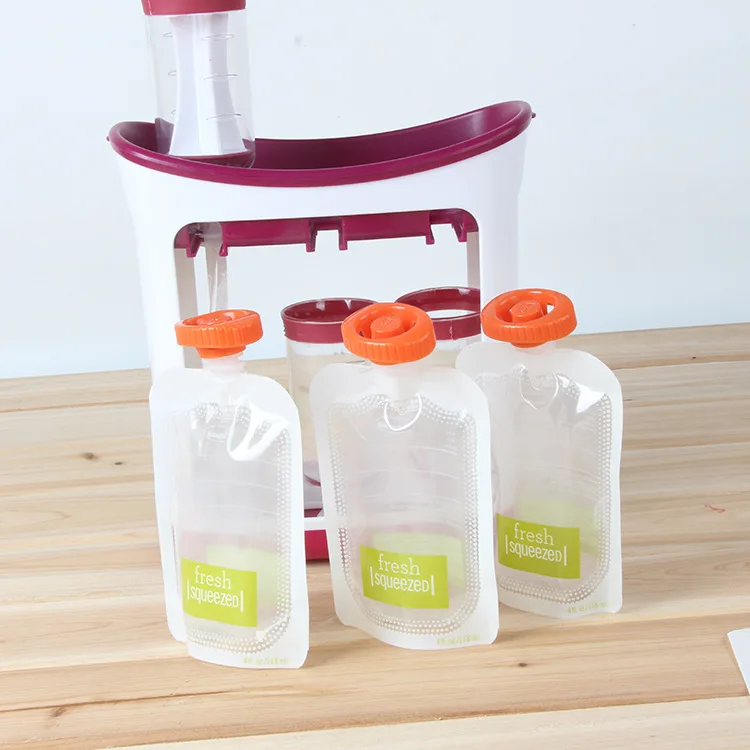
3. Develop Motor skills:
Food feeders encourage babies to practice self-feeding. It develops the hand-eye coordination that is needed to master spoon or finger feeding.
4. Keep Them Busy:
This has to be my favourite reason!
When I ran out of ways to keep them busy, I would just put some frozen fruit in the baby feeder and hand it over to them.
They happily enjoy their snack while I get some time to finish my work.
5. Sensory Experience:
Food feeders also provide a good sensory experience which babies love. It also instils a positive attitude towards trying new food.
Silicone or Mesh? Which one to Choose?
I am 100% team silicone, and I would highly be using silicone feeders because they are easy to clean and a plastic-free option to use.
Mesh feeders are a pain to clean, food gets stuck in between the mesh, and it is challenging to get them out.
I tried mesh feeders before; I was naive enough to try them with bananas.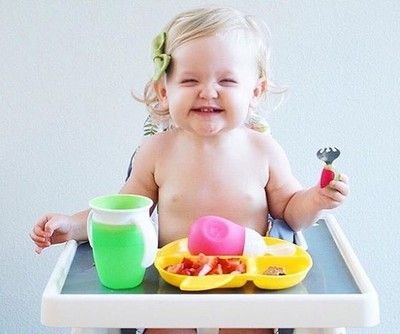 I let them sit on the counter before washing them.
I let them sit on the counter before washing them.
Let’s say that I had to throw the mesh feeder away; I went and bought a silicone feeder and never looked back again.
If you still want to try mesh feeder, then munchkin ones are hands down the best.
Best Silicone Baby Feeders:
1.Boon:
BUY NOW
Boon is one of my favourite brands. They really care about their customers and only use safe materials to make their products.
Their silicone feeder is particularly my dearest. The feeder itself is made of soft, food-grade silicone with small holes through which your baby can taste the food.
It comes with a firm handle for babies to grab and enjoy their treat.
Boon feeder was perfect when we started with solids and was great relief during the teething phase.
Some parents complain that they find it small, I did not find it so and you can always refill and offer seconds if they want more.
I did find that my kids had a hard time getting any solid food like solid apples out of the boon feeder, so I always offerred food that were soft and juicy like berries.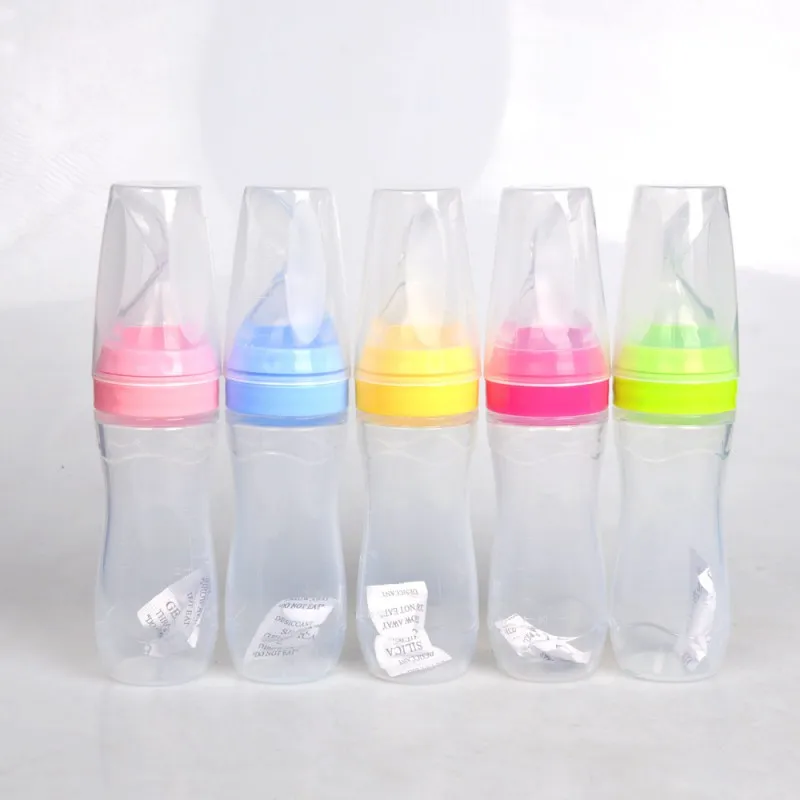
2.Kids Me Food Feeder:
BUY NOW
Kids me feeder comes very close to Boon feeder for me. For serving at home, I usually alternated between both Boon and Kidsme.
When I am out and about, Kidsme was the winner for various reasons.
1. Boon does not come with a cover, but Kids me does. You can easily keep the feeder closed, hygienic using the cap.
2. Kidsme feeder also comes with a hole between the handles that attach to clips or holders to prevent dropping on the floor.
3. Kidsme comes in two different sizes, medium and large; you can use the appropriate size based on your baby’s age.
4. My babies seem to love the double handle, and they found it easier to grab them with both the hands.
The sac itself is made from food-grade silicone and FDA certified. You can also buy replaceable silicone sacs to use instead of buying the whole feeder if you want.
The textured silicone sac is also great for teething babies. Seriously, it is a lifesaver when you offer chilled or frozen foods in this feeder.
Your babies will thank you and may even reward you with 30 minutes of fuss-free time.
3. Ashtonbee Baby Feeder:
BUY NOW
AshtonBee Feeder looks pretty similar to Kidsme. AShtonBee also comes with a cap to cover the silicone sac and a safety lock that ‘clicks.’
Ashtonbee is marketed as a silicone feeder and pacifier because it clams your child down during teething pain.
The silicone sac itself is food-grade silicone that is free of BPA, Lead, Petroleum, Phthalates, so it is safe for your baby to nipple.
4.Nature Bond Fruit Feeder:
BUY NOW
If you dislike the idea of buying different size feeders as your baby grows and wondering if there is a product that grows with your baby, then Nature Bond food feeder is where it is.
You get two pack baby feeders, and it comes with 3 different pair of sizes-small, medium and large.
The sac is made of food-grade silicone that is BPA Free, Latex Free, Phthalates Free, and Lead-Free.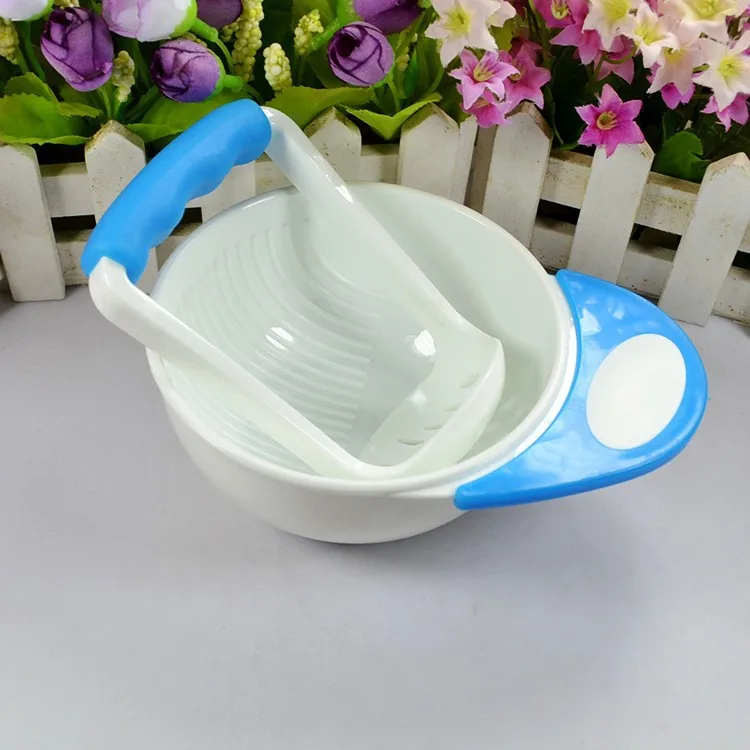
Nature bond feeders come in fun colors (think candy!) that your kids will love.
5. Moss and Fawn Forage Feeder:
BUY NOW
We at ANM, love supporting mom businesses and that’s why this brand is special to me. Sofia, the owner of Moss and Fawn, sent me her forage feeder to try and I loved it.
Please note that I only received the product for free; I was not compensated to write this post; all opinions are my honest views.
The product comes with a feeder and three silicone sacs that grow with your baby.
The forage feeder comes neatly packed in a cloth bag and also contains a booklet that guides on how to use the feeder and offers suggestions on best foods to try.
I love the company how this brand believes in sustainability and makes a conscious choice at every step of making the product.
Their packaging is recyclable, the booklet is printed in a wind-powered facility, and printed with vegetable ink on recycled paper.
They also use 100% cotton bags to pack their feeder and 100% natural wood strands as filling that are easily compostable.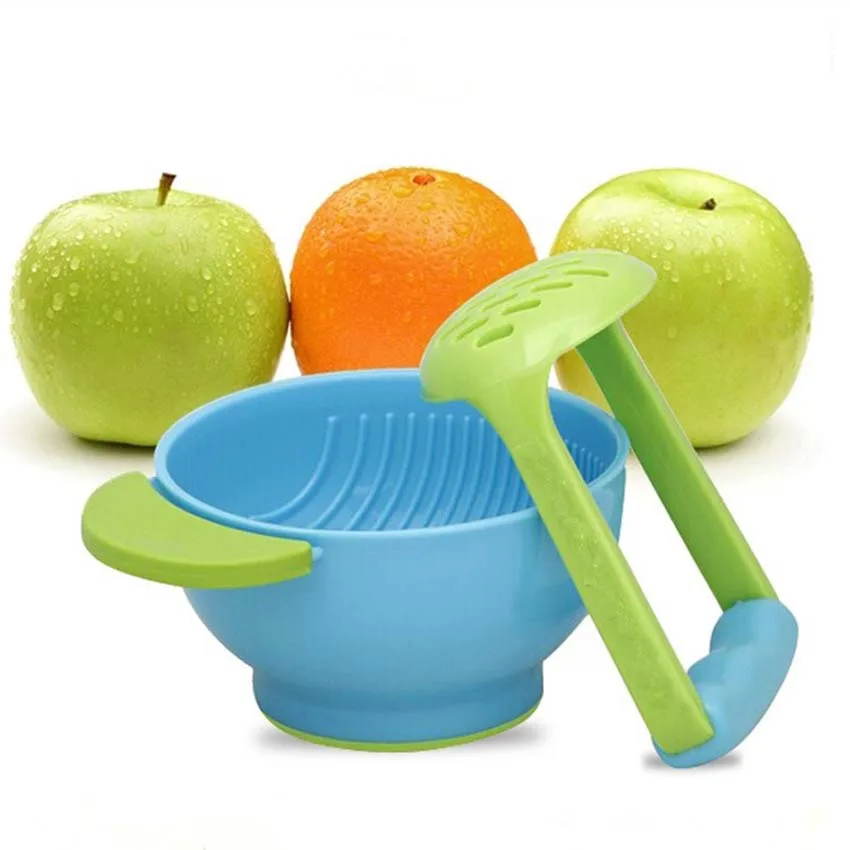
The forage feeder is made of safe, non-toxic food-grade silicone, tested free of BPA, PVC, Phthalates, and Lead and is also FDA and CPSIA compliant.
Yay! for this company for looking out for your baby and the environment.
Let’s Wrap Up:
Silicone feeders are safer and easier than using mesh baby feeders, in my opinion. They are perfect to introduce solid foods to your baby and works wonders during teething.
Not all silicone feeders are made the same, though. It is important to look for one that is made with food grade silicone without any fillers.
Also, I highly recommend using a one that is free of unwanted chemicals like BPA, phthalates, lead and pvc.
Considering all the above points,
Here is my list of Best Silicone feeders to Buy (2019):
- Boon Silicone Feeder
- Kids Me Food Feeder
- AshtonBee Feeder
- NatureBond Food Feeder/ Pacifier
- Moss and Fawn Forage Feeder.
Did you use any food feeder? Which one did you use and how did you like it?
Sharing is caring!
110 shares
Jummingbird Baby Feeder Project 💡 Gardening | Ru.
 homeinteriorz.com
homeinteriorz.com - Choosing your jar
- Prepare your can
- Add red
- STRISSISSISSIS IN THE FIDER
- Cleaning Jar Hummingbird Feeder
Hummingbirds to the design tasty nectar, and making a hummingbird feeder from an empty jar is an affordable project that anyone can make. Turn a baby food container into a personalized, eye-catching feeder with this simple, versatile project, and you'll soon have a sprawling feed station that can accommodate more hummingbirds without having to buy more expensive feeders.
Choosing your jar
While baby food jars are popular for home feeders, they are not the only option. Any can can be used, although smaller cans are easier to hang. The jar can be glass or plastic, and vintage jars with fun shapes like hexagons or old honey jars can be interesting. Small bottles are also suitable, as well as smaller options such as test tubes or floral tubes.
 The jar should not have any chips or cracks, and the lip of the jar and screw cap threads should be intact, as they will need to hang the feeder safely.
The jar should not have any chips or cracks, and the lip of the jar and screw cap threads should be intact, as they will need to hang the feeder safely. It is best to use a jar with a plastic or metal lid because the lid will help slow evaporation. Glass or ceramic lids are not a good choice, however, because it will be difficult, if not impossible, to drill holes through the lid to allow the birds to access the nectar. If the jar you choose does not have a suitable lid, it can still be used for a hummingbird feeder, but be aware that it will be more attractive to insects and may need to be cleaned and refilled more often.
Prepare your jar
To prepare your jar to become a hummingbird feeder, it must first be thoroughly cleaned. Remove the label and adhesive residue and wash the jar thoroughly with hot, soapy water, removing all food debris along the lip or threads of the jar, and anywhere on the body of the jar. A glass jar can be cleaned in the dishwasher on the top rack, but plastic lids may need to be hand washed so they won't warp.

After washing the jar and lid, sterilize them well by first rinsing them with a mild bleach solution, then rinsing several times with clean, clean water. Let the jar and lid dry before taking the next steps to turn it into a hummingbird feeder.
Once the jar and lid are dry, use a nail and hammer or drill with a thin piece to carefully poke a few holes in the lid. At this point, do not attach the lid to the jar to avoid the risk of breakage. Instead, place the lid on a flat, sturdy surface or workbench and use proper precautions when hitting or drilling. The holes can be placed anywhere on the lid, but a cluster of 3-5 holes either in the center of the lid or on what will become the bottom half of the lid when the feeder is hung will be the most efficient and easy for hummingbirds to use. After piercing the holes, carefully run your finger along the surface so that there are no sharp edges. If necessary, carefully apply any rough edges so that there is no chance of snagging or injuring the birds when drinking from the feeder.
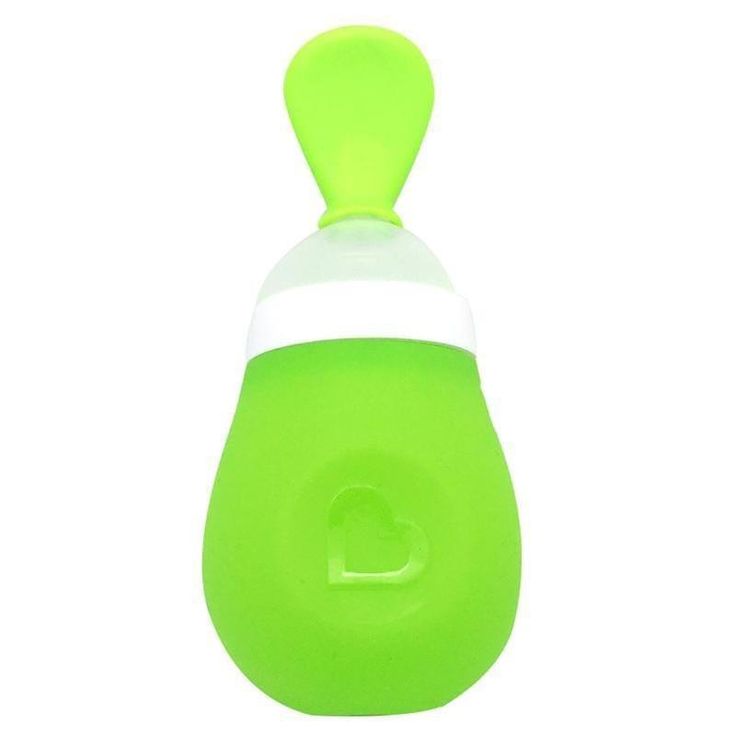
Adding red
While the Baby Feeder can be used without any decorations, adding a few bright accents can help get the hummingbird's attention much faster.
Red attracts hummingbirds the most, and there are several ways to add creative bits of red to a simple bank feeder.
- Attach a flat petaled red silk flower such as a daisy to the lid after removing the center of the flower to expose the feed holes.
- Hang red beads or crystals on an extra length of wire from the feeder's mouth or lip, or slip them into different loops or swirls.
- Use exterior paint or red nail polish to paint flowers, swirls, or other patterns on the outside of the jar.
- Wrap a red or reddish ribbon around the feeder's body or tie it around the mouth, leaving a bow or streamer as desired.
- Craft polymer clay flowers or fun shapes to attach to the lid or directly through the mouth of the feeder.
- Add red balls, crystals or balls to the hopper, which will also increase the level of nectar so that the hummingbirds can pour it more easily.
 Note that if anything is added inside the jar, it also needs to be cleaned and rinsed whenever the nectar is changed.
Note that if anything is added inside the jar, it also needs to be cleaned and rinsed whenever the nectar is changed.
Suspension of the feeder
Suspension of the baby feeder jar requires only the appropriate length of wire or tape. 16-20 diameter copper or steel wire works best and can be wrapped tightly around the mouth of the jar under the threads and twisted to keep it from slipping off. An excess loop may have swirls or whorls added to it both to decorate and provide perch for hummingbirds, and the feeder may be hung from a garden hook or plant hanger. Tape can be used in place of wire, but must be carefully tied to keep it snug against the jar.
To make the can feeder even more attractive to hummingbirds, place it near flowers and shrubs that provide natural nectar and insects that birds will also snack on. Hanging the feeder at an angle will make it easier for the hummingbird to hang and will keep the nectar closer to the top of the jar for easy feeding.

If you prefer not to hang the hummingbird feeder, it can be placed in a window or hummingbird planter to find it, but ants and other insects will also find it faster, so more frequent cleaning will be required.
Jar Hummingbird Feeder
Not only is this hummingbird feeder easy to make, it's also easy to clean. The jar just needs to be rinsed with clean water regularly; perfect every time it refills. If the old nectar has become particularly dirty, or if the feeder is showing other signs of dirt or mold, disinfect it with a mild bleach solution. The lid should also be rinsed, and perches can be dried thoroughly if spoiled by spilled nectar or feces.
Making a flask nectar feeder is a fantastic, easy recycling project and a great way to turn a piece of trash into lullaby treasures that will last for years.
Instruction video: .
crafts from jars from baby food
Go to content
Search for:
Home »Mom» Mom
Inspiration
Probably every mother at least once bought a jar of baby food: puree of Broccoliva, blackslift, blacksurients, blackslift and other. The kid ate the puree with pleasure, smearing its contents on all surfaces. And the jar was carefully washed out and sent to the shelf to its fellows. What to do with her?
There are a lot of ideas for using glass baby food jars. Website "Mom can do anything!" collected the most interesting of them.
- Needle cases. From glass jars it is easy to make such cute pincushions that can fit buttons and other small handicraft things.
- Fairy houses. If you are fond of modeling, then you should try to make such a delightful house for fairies.

- Aquarium. A jar is a small aquarium for a toy fish. Pour soil inside, install algae - the craft is ready. You can also mold plasticine fish together with your child and place them in a jar.
- Terrarium. Plant moss and other small, low-maintenance plants inside.
- Holiday decorations. Decorate the jars with glitter, make holes in the lids and install decorative elements, letters and numbers. A very original decoration is ready.
- Bird feeder. Few people realize that such delicious drinkers and bird feeders are obtained from an ordinary baby food can. In the sun, they will shimmer with all the colors of the rainbow and delight the eye.
- Storage for small items. From cans, not only beautiful things are obtained, but also very practical. Screw the lids to a wooden surface and you will get very convenient containers for storing small things.
- Candlesticks for the garden. Buy a lot of small candles, put each one in its own jar and hang them by ropes on tree branches.
 A beautiful setting for a romantic evening is ready.
A beautiful setting for a romantic evening is ready. - Container for growing onions. Green onions are a storehouse of nutrients that are so lacking in the cold season. Growing such an onion is not difficult. Pour water into the jar, put the bulb on top, in a few days we will get the first shoots.
- Seedling pots. It is convenient to plant parsley, dill and other herbs in small jars.
- Crafts from baby food jars. Such beautiful flowers in pots are easy to make yourself with your children. We circle the palm on a green sheet of cardboard, cut it out, gluing a flower on each finger. We put it in a pot-jar - a beautiful craft is ready. Such flowers will be a great gift for mom or grandmother by March 8th.
- Storage containers. In puree jars it is very convenient to store buttons, beads, beads.
- Pencil holders.
- Night lamps.
- Snow globe. A can of baby food makes a delicious snow globe. Just stick the figurine on the lid. Pour the baby oil and glitter into the jar, close the lid tightly and shake.


